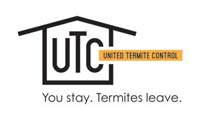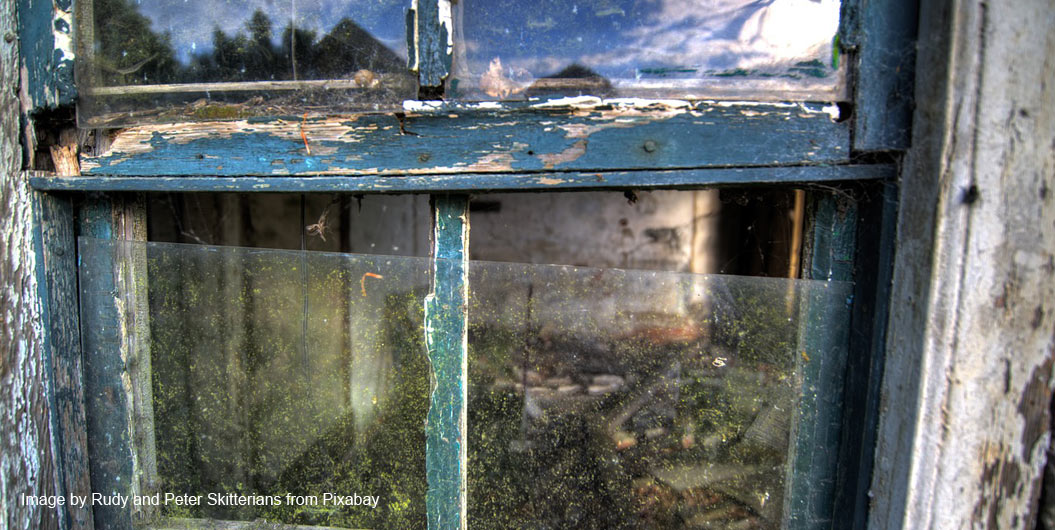Exploring Drywood Termite Control Methods: Foam Method vs. TermidorSC
Welcome to the ultimate showdown between two of the most effective methods for controlling drywood termites – the Foam Method and the renowned TermidorSC. If you’re a homeowner facing a termite infestation, you know the struggle of finding the right treatment to eradicate these destructive pests. With countless products and techniques available, it can be overwhelming to sift through the information and make an informed decision.
But fear not; as we dive deep into the pros and cons of both the Foam Method and TermidorSC, you’ll gain valuable insights to help you choose the best solution for your home. From cost-effectiveness to efficiency and safety, we’ll cover it all.
So, join us on this journey as we explore two of the most popular drywood termite control methods and help you bid farewell to these pesky intruders.
Drywood Termite Control – Foam Method: A Detailed Analysis
When it comes to combating drywood termite infestations, the Foam method has emerged as a popular choice for homeowners and pest control professionals alike. This innovative technique involves the injection of termiticide foam directly into areas where termite activity is identified.
Unlike traditional liquid treatments, the Foam method expands and fills voids, reaching deep into hidden galleries and inaccessible spaces where termites reside. As a result, this method can effectively target and eradicate termites within the confines of walls, attics, and other hard-to-reach areas, preventing further damage to your property.
Advantages of the Foam Method
- Precision and localized application
- Versatility in various structural components
- A quick and convenient solution
One of the primary advantages of the Foam method is its precision and localized application. By targeting specific areas of infestation, homeowners can minimize the use of chemical pesticides in non-affected areas, reducing environmental impact. Additionally, the Foam method is renowned for its versatility and ability to be used in various structural components, such as wooden beams, furniture, and even decorative elements. This targeted approach ensures that termites are eliminated efficiently without compromising the integrity of the surrounding environment.
Furthermore, the Foam method offers a quick and convenient solution to address termite problems, making it an attractive option for homeowners looking for immediate results. The rapid expansion of the foam enables it to penetrate deep into the termite galleries, suffocating and eliminating the pests on contact. This fast-acting nature of the Foam method can provide homeowners with peace of mind, knowing that their termite infestation is being actively addressed and controlled.
Foam vs. TermidorSC: Examining Application and Effectiveness
When comparing the Foam method to TermidorSC for drywood termite control, it’s essential to evaluate the application procedures and effectiveness of each treatment option. The Foam method, as previously discussed, involves the direct injection of termiticide foam into infested areas, providing targeted and localized treatment. In contrast, TermidorSC is a liquid termiticide that is applied as a barrier around the perimeter of a structure, creating a protective zone to deter termites from entering the premises.
- Foam Method: precise, localized treatment
- TermidorSC: broader protective shield with transfer effect
Effective termite eradication requires a strategic approach tailored to the specific characteristics of the infestation and the desired level of protection. The Foam method and TermidorSC represent two distinct strategies for combating drywood termites, each offering unique benefits and applications in termite control.
Understanding Termite Infestation: Signs and Symptoms
Detecting early signs of a termite infestation is crucial for implementing timely intervention and preventing extensive damage to your property. Termites are known for their stealthy behavior, often causing significant destruction before being detected by homeowners. By familiarizing yourself with the common signs and symptoms of a termite infestation, you can take proactive steps to address the problem before it escalates.
- Discarded wings near windows, doors, or light sources
- Hollow sound when tapping on wood surfaces
- The presence of mud tubes along walls, foundations, or crawl spaces
Exploring Termite Eradication Strategies: Foam Method vs. TermidorSC
Effective termite eradication requires a strategic approach tailored to the specific characteristics of the infestation and the desired level of protection. The Foam method and TermidorSC represent two distinct strategies for combating drywood termites, each offering unique benefits and applications in termite control.
- Foam Method: localized application and precision targeting
- TermidorSC: long-lasting protection with a continuous chemical barrier
Importance of Controlling Termite Infestation
Controlling termite infestation is crucial for several reasons. Termites can cause extensive damage to structures, compromising their structural integrity and leading to costly repairs. This is especially important for homes and buildings where safety is paramount. Additionally, termites can impact property values, making it challenging to sell or rent infested properties.
Moreover, termites pose health risks as they can trigger allergies and respiratory issues in some individuals. Their presence can also attract other pests, creating further problems. By controlling termite infestations, homeowners and property managers can protect their investments, maintain a healthy living environment, and avoid potential legal liabilities.
Furthermore, addressing termite infestations promptly can prevent the spread of these pests to neighboring properties, mitigating the risk of widespread damage and infestation in the community. Regular inspections and proactive pest control measures are essential to detect and address termite infestations early, minimizing the negative impact on both property and occupants.
Effective termite control also preserves the ecological balance by preventing damage to trees and vegetation and maintaining biodiversity in ecosystems.
Get Rid of the Termites
Protecting your home from the destructive impact of drywood termites requires proactive measures and informed decisions. By understanding the differences between the Foam method and TermidorSC for drywood termite control, homeowners can choose the most effective treatment option to safeguard their property.
Take the first step towards termite eradication and prevention by exploring the benefits of the Foam method and TermidorSC with United Termite Control. Contact our expert team for personalized advice and professional services tailored to your specific termite control needs.
Don’t wait for termite infestations to escalate – act now to secure your home’s safety and durability. Visit our blog to learn more about drywood termite control methods and protect your property from these silent destroyers.

